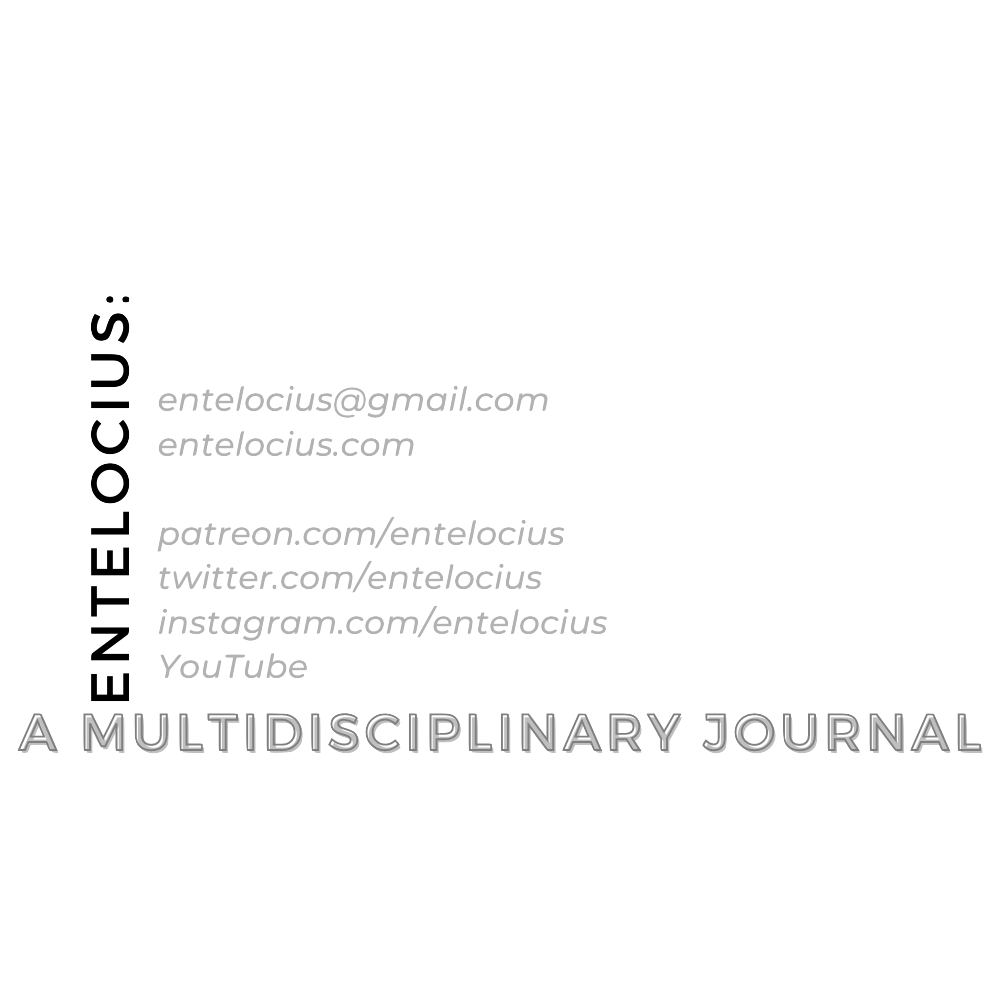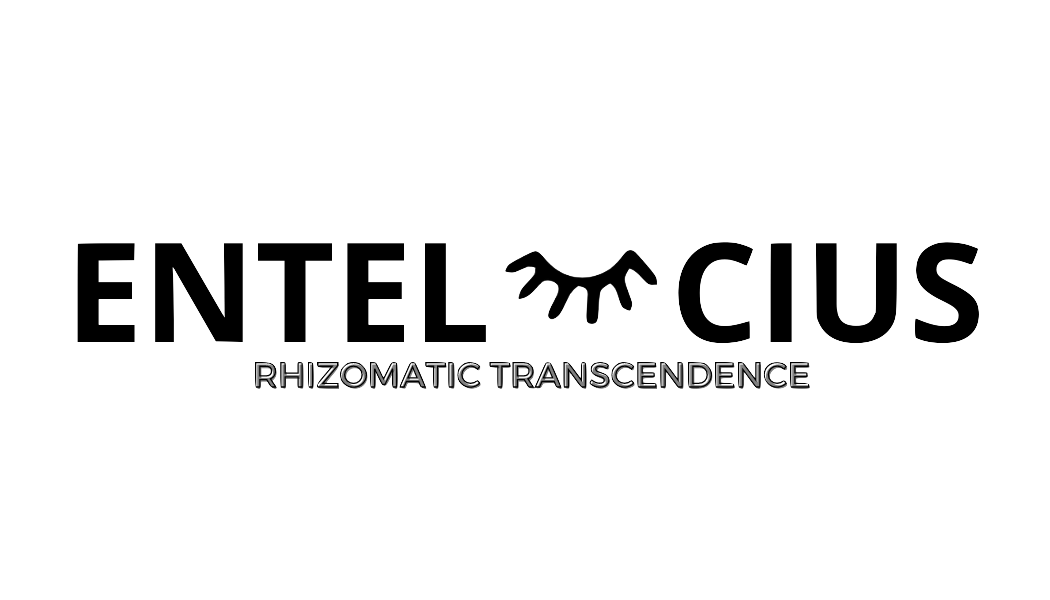Suicide and the limiting difference of ego and survival stressor set point integrity in the brain
A brief mathematical formulation
Keywords:
psychology, cognition, neuroscience, Freudian theory, suicide, suicidality, survival, adaptation, stressors, survival stressors, evolution, set points, egoAbstract
The propensity to suicide is not psychological, but a set product of the threshold violation of the interdependent activities of a finite, heterogeneous series of survival stressors, whose homeostatic and allostatic activations define internal set points and mutual products collectively constitute survival integrity. The proposed survival stressors govern satiation, hydration, sleep-cycle accommodation, reproductive access, social-dynamical relations, social-dynamical threats, access to opportunity, self-knowledge syntony, physical pain, physical discomfort, thermodynamic equilibria, coordinational or vestibular equilibria, hygienicity, and relational needs. Suicide is proposed to emanate from an irreversible violation of the set points of survival stressors specifically in terms of the limiting difference of the Freudian or neuro-ceptive ego, which is considered to be grounded in a continuous stable coherent expression deriving from repeated functional network activations. A brief mathematical system formulation is presented establishing the dynamical merits of this contentious proposal.
References
Airey, N. D., & Iqbal, Z. (2020). Are clinicians confident in the risk assessment of
suicide?: A systematic literature review. Archives of Suicide Research, 1–13. https://doi.org/10.1080/13811118.2020.1792019
Baumeister, R. F. (2014). Self-regulation, ego depletion, and inhibition. Neuropsychologia, 65, 313-319. https://doi.org/10.1016/
j.neuropsychologia.2014.08.012
Berman, A. L., & Silverman, M. M. (2020). Near term suicide risk assessment: A commentary on the clinical relevance of protective factors. Archives of Suicide Research, 24(sup2), S370–S380. https://doi.org/10.1080/13811118.2019.1612804
Boggs, J. M., Quintana, L. M., Powers, J. D., Hochberg, S., & Beck, A. (2020). Frequency of clinicians’ assessments for access to lethal means in persons at risk for suicide. Archives of Suicide Research, 1–10. https://doi.org/10.1080/13811118.2020.1761917
Brito, G. N. O. (2002). Mind from genes and neurons: A neurobiological model of Freudian psychology. Medical Hypotheses, 59(4), 438–445.
Centers for Disease Control and Prevention (CDC). (2019). Injury prevention and control: Data & statistics (WISQARS). http://www.cdc.gov/injury/wisqars/index.html. Accessed 11 February 2021.
Chartrand, H., Tefft, B., Sareen, J., Hiebert-Murphy, D., Katz, L. Y., Klonsky, E. D., Wang, Y., Kim, H., & Bolton, J. M. (2020). A longitudinal study of correlates, discharge disposition, and rate of re-presentation to emergency services of adults who engage in non-suicidal self-injury. Archives of Suicide Research, 1–20. https://doi.org/10.1080/13811118.2020.1856259
Damasio, A. R. (1999). The feeling of what happens: Body and emotion in the making of consciousness. New York, NY: Harcourt Brace.
Duffy, M. E., Rogers, M. L., Gallyer, A. J., & Joiner, T. E. (2020). Body trust and agitation: Pathways to suicidal thoughts and behaviors. Archives of Suicide Research, 24(sup2), S236–S250. https://doi.org/10.1080/13811118.2019.1592039
Freud, S. (1900). The interpretation of dreams. S.E., 4/5.
Freud, S. (1961). The ego and the id. W W Norton & Co.
Frick, R. B. (1982). The ego and the vestibulocerebellar system: Some theoretical perspectives. The Psychoanalytic Quarterly, 51(1), 93–122. https://doi.org/10.1080/21674086.1982.11926986
Garrison, A. (1995). Psychotherapy and the modern ego. The Humanistic Psychologist, 23(2), 227–238. https://doi.org/10.1080/08873267.1995.9986826
Hill, R. M., Oosterhoff, B., & Do, C. (2020). Using machine learning to identify suicide risk: A classification tree approach to prospectively identify adolescent suicide attempters. Archives of Suicide Research, 24(2), 218–235. https://doi.org/10.1080/13811118.2019.1615018
Holman, M. S., & Williams, M. N. (2020). Suicide risk and protective factors: A network approach. Archives of Suicide Research, 1–18. https://doi.org/10.1080/13811118.2020.1774454
Kuhlman, S. T. W., Smith, P. N., Marie, L., Fadoir, N. A., & Hudson, K. (2020). A pilot randomized controlled trial of the alliance project gatekeeper training for suicide prevention. Archives of Suicide Research, 1–17. https://doi.org/10.1080/13811118.2020.1767246
Massey, A. E., Borghesani, P., Stuber, J., Ratzliff, A., Rivara, F. P., & Rowhani-Rahbar, A. (2020). Lethal means assessment in psychiatric emergency services: Frequency and characteristics of assessment. Archives of Suicide Research, 1–15. https:// doi.org/10.1080/13811118.2020.1783411
Pachkowski, M. C., May, A. M., Tsai, M., & Klonsky, D. E. (2019). A brief measure of unbearable psychache. Suicide and Life-Threatening Behavior, 49(6), 1721-1734. https://doi.org/10.1111/sltb.12556
Plancke, L., Amariei, A., Danel, T., Debien, C., Duhem, S., Notredame, C.-E., Wathelet, M., & Vaiva, G. (2020). Effectiveness of a French program to prevent suicide reattempt (VigilanS). Archives of Suicide Research, 1–12. https://doi.org/ 10.1080/13811118.2020.1735596
Polihronis, C., Cloutier, P., Kaur, J., Skinner, R., & Cappelli, M. (2020). What’s the harm in asking? A systematic review and meta-analysis on the risks of asking about suicide-related behaviors and self-harm with quality appraisal. Archives of Suicide Research, 1–23. https://doi.org/10.1080/13811118.2020.1793857
Rassy, J., Daneau, D., Larue, C., Rahme, E., Low, N., Lamarre, S., Turecki, G., Bonin, J.-P., Racine, H., Morin, S., Dasgupta, K., Renaud, J., & Lesage, A. (2020). Measuring quality of care received by suicide attempters in the emergency department. Archives of Suicide Research, 1–10. https://doi.org/10.1080/13811118.2020.1793043
Rizzolatti, G., Semi, A. A., and Fabbri-Destro, M. (2014). Linking psychoanalysis with neuroscience: The concept of ego. Neuropsychologia, 55, 143-148.
Shill, M. (2011). Intersubjectivity and the ego. Psychoanalytic Social Work, 18(1), 1–22. https://doi.org/10.1080/15228878.2011.561702
Uğur, K., Demirkol, M. E., & Tamam, L. (2020). The mediating roles of psychological pain and dream anxiety in the relationship between sleep disturbance and suicide. Archives of Suicide Research, 1–17. https://doi.org/10.1080/13811118.2020.1740124
van de Venne, J., Cerel, J., Moore, M., & Maple, M. (2020). Sex differences in mental health outcomes of suicide exposure. Archives of Suicide Research, 24(2), 158–185. https://doi.org/10.1080/13811118.2019.1612800
Watling, D., Preece, M., Hawgood, J., Bloomfield, S., & Kõlves, K. (2020). Developing an intervention for suicide prevention: A rapid review of lived experience involvement. Archives of Suicide Research, 1–16. https://doi.org/10.1080/13811118.2020.1833799
World Health Organization (WHO) (2019). SDG target 3.4, indicator 3.4.2 suicide mortality rate. Retrieved from http://www.who.int/mental_health/prevention/suicide/suicideprevent/en/. Accessed on 11 February 2021.

Downloads
Published
How to Cite
Issue
Section
License
Copyright (c) 2021 Entelocius: A multidisciplinary journal

This work is licensed under a Creative Commons Attribution-ShareAlike 4.0 International License.




